Bernat Martorell, one of the most relevant painters of Catalan gothic, made this altarpiece probably around 1430. It's one of the few sets by the painter that is conserved as a whole. Of reduced dimensions, it's composed of a main body of three streets and two floors, aside from the predella that contains a magnificent circle dedicated to the passion of Christ. In the centred street we find the image of Saint Vincent dressed as a deacon, with the book and the palm as a sign of martyr, and in front of a rack, which was one of the instruments that was used in his torture. By his side, we can see four scenes of the passion of the Saint and, in the upper part, in the usual place of the Calvary in the portraits of the time, we find an image of the Virgin of Mercy, that with her open mantle is sheltering two groups of characters, with Saint Benedict and Saint Bernard in front, the main saints of the Order of Saint Benedict and Cistercians respectively. The presence of this saints, with the representation of the monastery of Poblet's weapons in the dust cover, makes you believe that the set was originally made for the hermitage of Santa Creu de Menàrguens, a location that by that time depended of the aforementioned monastery, or it was made to be in the same monastery of Poblet but that later on would be moved to the hermitage.
The 'Altarpiece of the Saints John' from Vinaixa was commissioned in 1432 from the Tarragona painter Ramon de Mur, but in the end it was painted by Martorell. The MNAC keeps most of the panels from this altarpiece. The main panel is kept at the Museu Diocesà de Tarragona, a side compartment is kept at the Musée Rolin d'Autun (France), and the whereabouts of another compartment is unknown. The two Saints John feature in the scenes in the lateral lanes of the altarpiece and two more on the predella, respectively. The topmost compartment depicts the Calvary. The predella shows signs of old damage, especially scratches, on figures who were considered negative, such as the executioner (who cuts Saint John's head off), Herod and Herodias (crowned, behind the panel) and the Jews.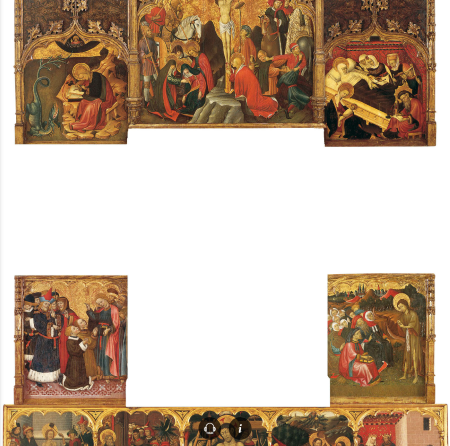



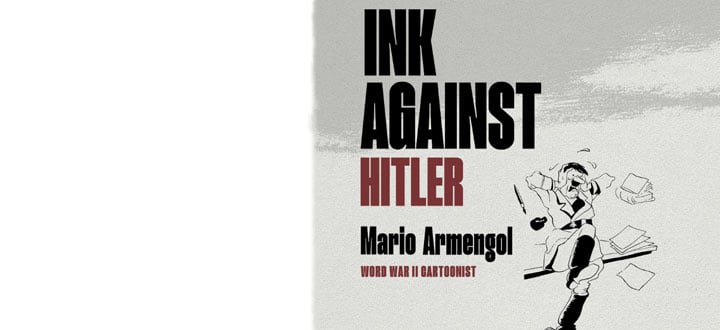







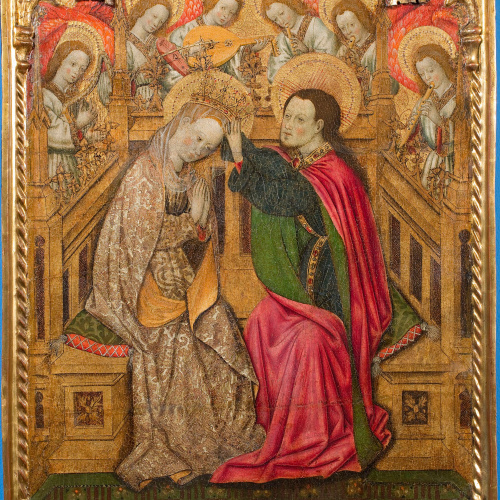
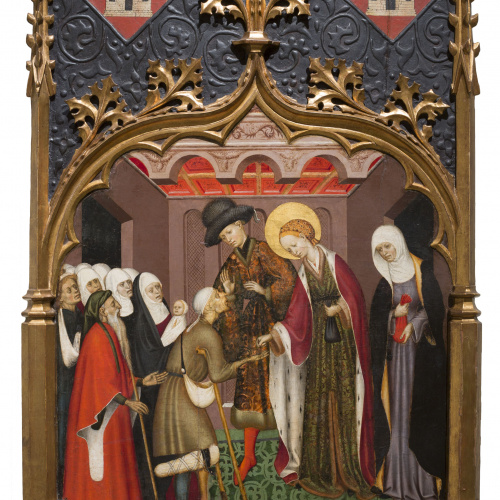
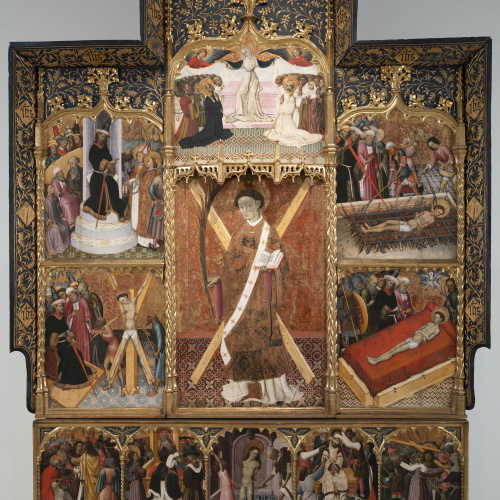
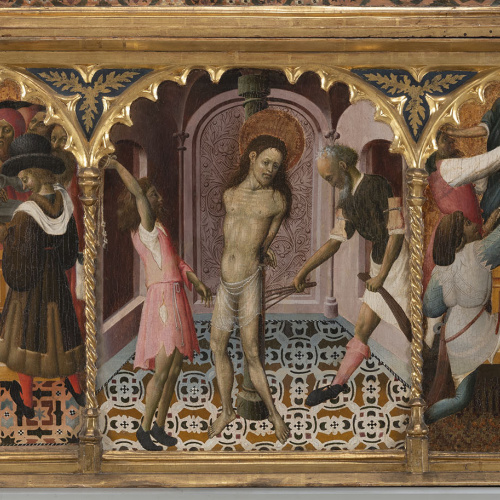
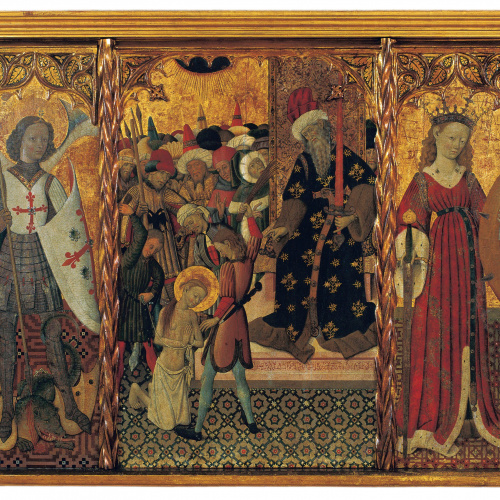

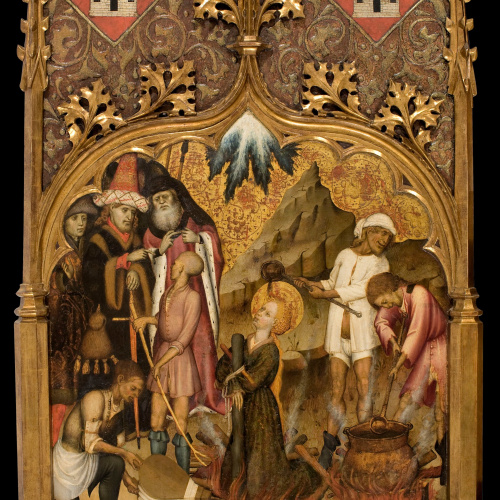
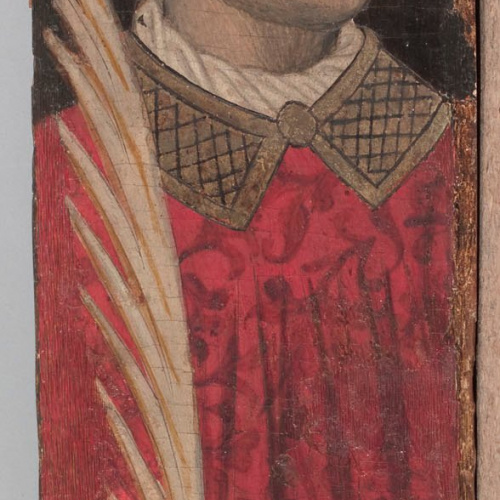
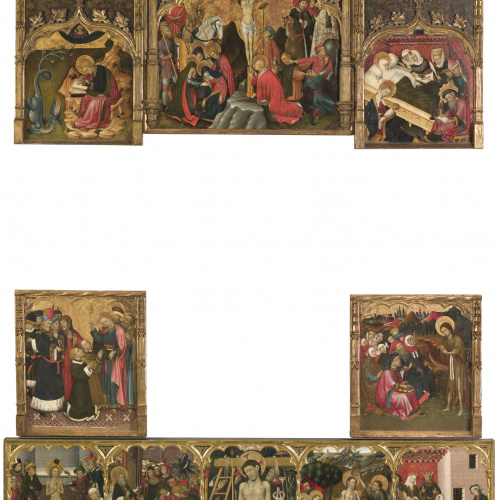
![Bernat Martorell - Retaule dels sants Joans - Cap a 1435-1445 [1] image for: Bernat Martorell - Retaule dels sants Joans - Cap a 1435-1445 [1]](https://www.museunacional.cat/sites/default/files/styles/resize_500x500/public/images/art_piece/first_gallery/38154/064045-CJT_18440.JPG)